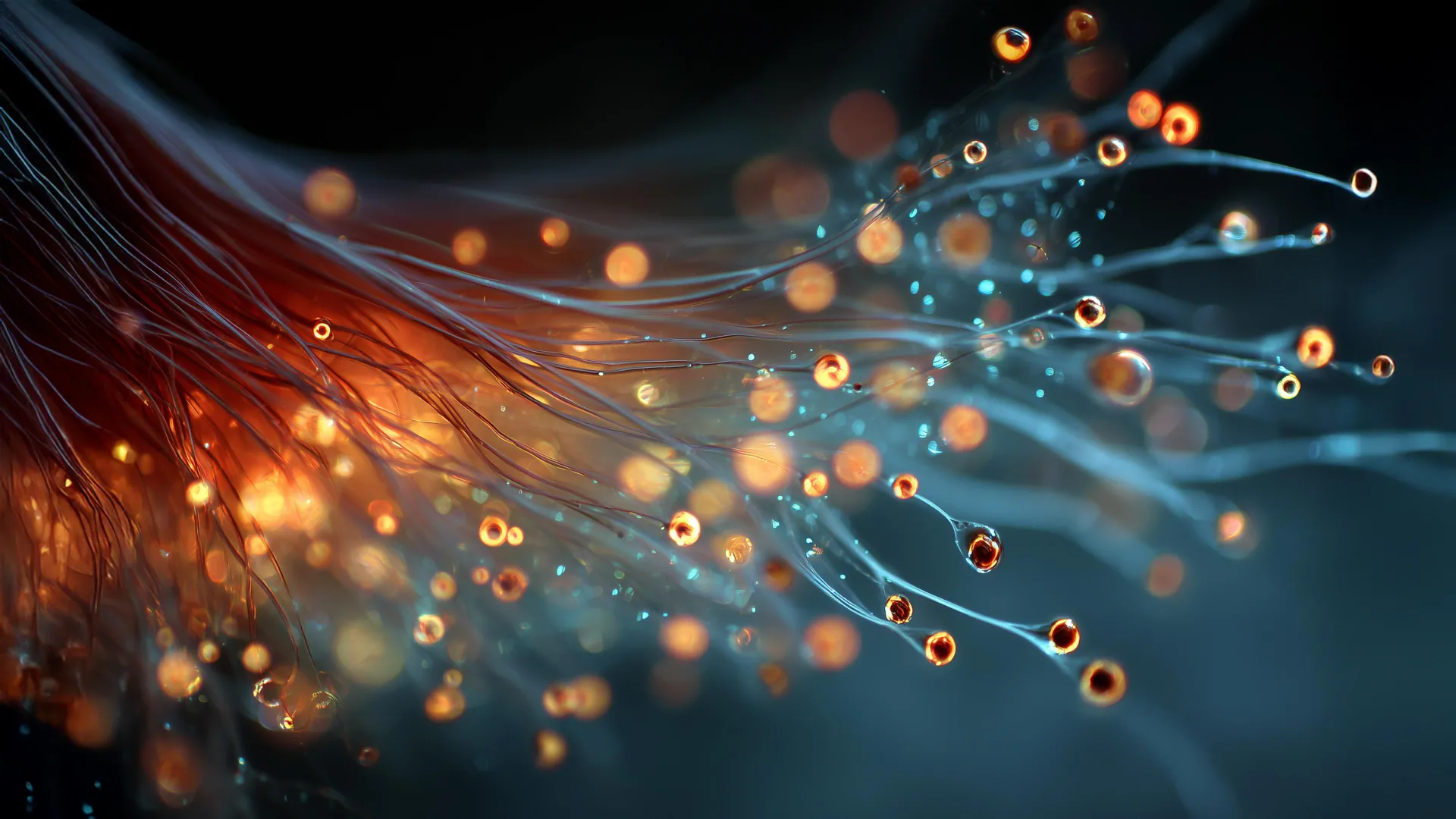- Saturn’s moon emits organic compounds Technology Org
- More Evidence Emerges That One of Saturn’s Moons Could Harbor Life WIRED
- The US can jumpstart the search for life on this moon of Saturn The Hill
- Scientists use Cassini data to discover new…
Category: 7. Science
-
Saturn’s moon emits organic compounds – Technology Org
-

Blocks of dry ice carve gullies on Martian dunes through explosive sublimation
Blocks of dry ice carve gullies on Martian dunes through explosive sublimation
by Robert Schreiber
Berlin, Germany (SPX) Oct 15, 2025
Mysterious gullies carved into Martian sand dunes have long puzzled planetary scientists. Now, new…
Continue Reading
-

White dwarf binaries heated by intense tidal forces evolve faster than predicted
White dwarf binaries heated by intense tidal forces evolve faster than predicted
by Riko Seibo
Tokyo, Japan (SPX) Oct 15, 2025
White dwarfs, the dense remnants of exhausted stars, are usually ancient, dim, and cool. Yet some binary…
Continue Reading
-
Scientists capture the molecular “dance” that powers cell movement – Wiley Analytical Science
- Scientists capture the molecular “dance” that powers cell movement Wiley Analytical Science
- How cells move and change shape—and why it matters for our health The Rockefeller University
- Dancing proteins keep cells moving: Redefining the…
Continue Reading
-

NASA to blow glass bubble homes from lunar dust that will also fix moonquake and micrometeorite damage
The American space agency has plans to send humans to the Moon once again as part of its Artemis mission. The 10-day Artemis II test flight is set to launch by April 2026, and will be the first crewed flight to the Moon under the Artemis program….
Continue Reading
-

Satellites capture the largest storm waves ever seen from space
When a big storm blows through, most people focus on the wind, the rain, and the damage it might leave behind. But out in the middle of the ocean, something else happens – something just as powerful and far-reaching.
During a storm last…
Continue Reading
-

The true cost of “solar power at night” with Reflect Orbital
Sign up for the Starts With a Bang newsletter
Travel the universe with Dr. Ethan…
Continue Reading
-

Mission to Mars — The new space race
This is an audio transcript of the Tech Tonic podcast episode: ‘Mission to Mars: The new space race’
Donald Trump voice clip
(Applause) Thank you. Thank you very much, everybody. Well, thank you very, very much.Peggy Hollinger
On January 20th,…Continue Reading
-

Scientists unlock a 100-year-old quantum secret to supercharge solar power
In a breakthrough that connects modern science with ideas first explored a century ago, researchers have witnessed a surprising phenomenon once thought possible only in inorganic metal oxides appearing inside a glowing organic semiconductor…
Continue Reading
-

Scientists unlock a 100-year-old quantum secret to supercharge solar power
In a breakthrough that connects modern science with ideas first explored a century ago, researchers have witnessed a surprising phenomenon once thought possible only in inorganic metal oxides appearing inside a glowing organic semiconductor…
Continue Reading